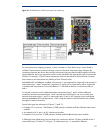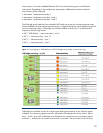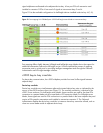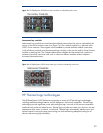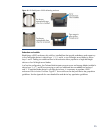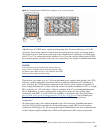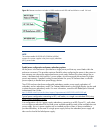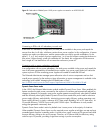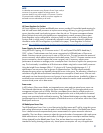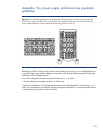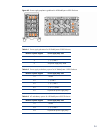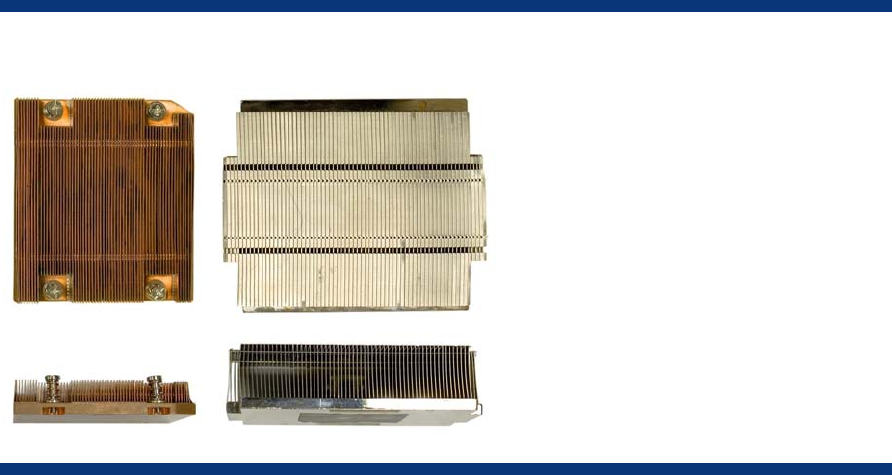
Figure 18. Processor heat sink using fully ducted design (left) and a traditional heat sink in a 1U rack-mount
server (right)
Instant Thermal Monitoring provides a real-time view of heat, power, and cooling data. The Onboard
Administrator retrieves thermal information from all server blades, storage blades, and interconnect
modules in the enclosure to ensure an optimal balance between cooling, acoustic levels, and power
consumption. The Thermal Logic feature of the Onboard Administrator keeps fan and system power at
the lowest level possible. However, if the thermal load within the enclosure increases, the Thermal
Logic feature instructs the fan controllers to increase fan speeds to accommodate the additional
demand. If high temperature levels occur, the iLO 2 and Onboard Administrator modules provide
alerts to various management tools such as HP Insight Control Environment for BladeSystem and HP
Systems Insight Manager. In addition, built-in failsafes shut down devices in the enclosure if
temperature levels exceed specified parameters. This protects against permanent damage to all
devices within the enclosure.
HP Thermal Logic includes sophisticated algorithms in each BladeSystem ROM, iLO, and Onboard
Administrator. In combination, these algorithms minimize the power and cooling required to maintain
the proper HP BladeSystem environment.
Power supplies and enclosure power subsystem
The HP BladeSystem c3000 Enclosure ships with two power supplies; however, up to six power
supplies can be installed (Figure 19) depending on the AC redundancy level required and the number
of devices installed in the enclosure. BladeSystem c3000 single-phase power supplies automatically
switch between low-line (120VAC) and high-line (240 VAC) to support both environments. A pooled
power backplane delivers power to the enclosure. This ensures that the full capacity of the power
supplies is available to all server blades.
Moving the power supplies into the enclosure reduced the transmission distance for DC power
distribution, allowing the use of an industry-standard 12V infrastructure. Using a 12V infrastructure
eliminated several power-related components and improved power efficiency on the server blades
and in the infrastructure. The control circuitry was stripped and put on the management board and
fans.
27



